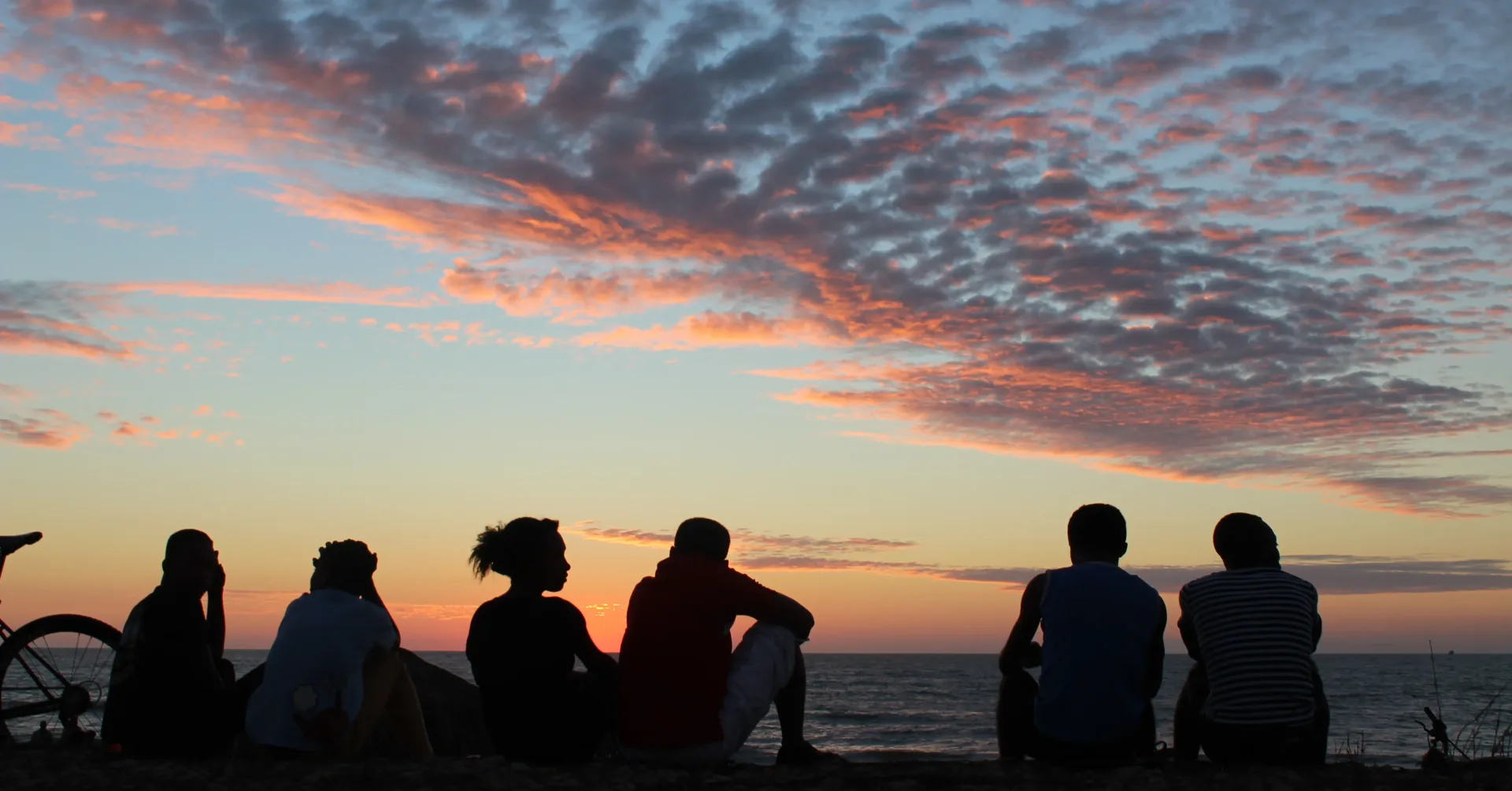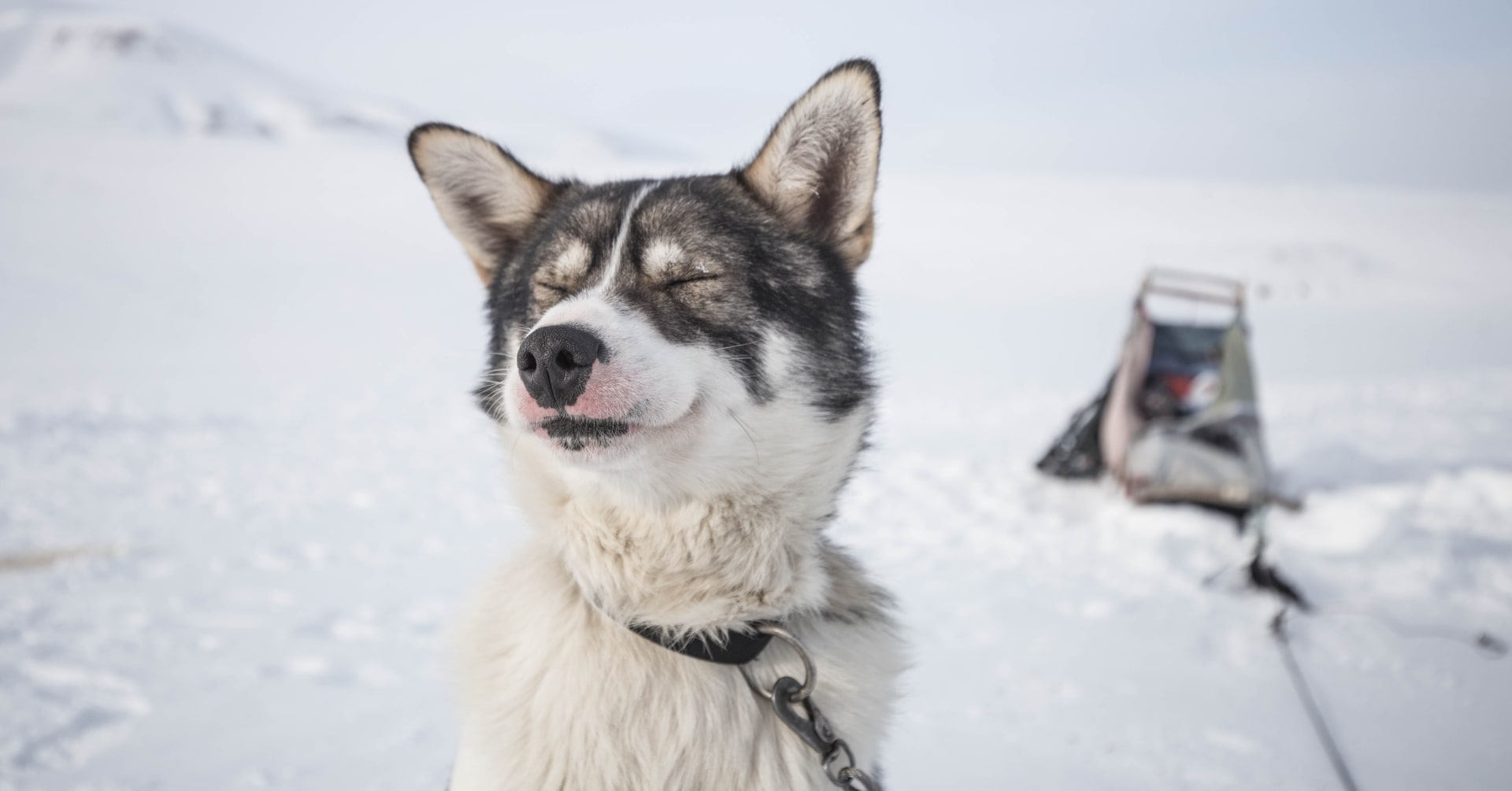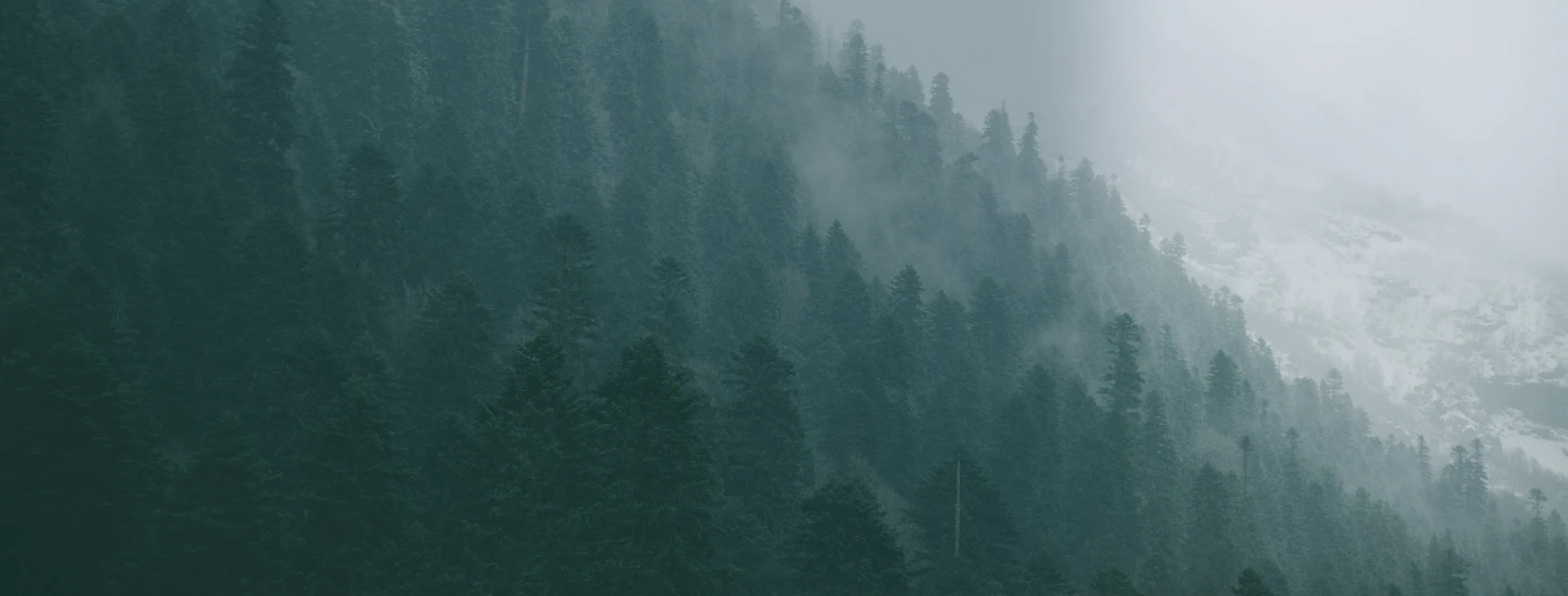The Arctic is an untouched wilderness home to remote communities, striking wildlife, and unusual adrenaline-packed adventures. Learn how to enjoy the Arctic responsibly with this guide.
The indomitable and unforgiving landscape that once drew explorers battling the elements to conquer the Arctic hasn’t changed in many ways. The wilderness is still unpredictable, varying according to the expansion and retraction of ice, which gives unexpected sightings of shifting bergs, sheets, and gigantic glaciers.
There are no words to describe the size of these, a similar emotion many travellers feel when witnessing polar bears, walruses and wolves at distances that might be too close for comfort. But the adrenaline and excitement coursing through your veins at these moments and the potential for snowmobiling, dog sledging, kayaking, and meeting indigenous people, form memories that’ll stay with you for eternity.
But, like Antarctica, the Arctic is at the forefront of the climate crisis. Chunks of ice melt rapidly, polar bears find it challenging to hunt and eat, and remote communities suffer because their way of life and livelihoods are disappearing in front of their eyes. The Arctic temperature is rising to seven times the global average, and fish are changing their routes, which affects the people and wildlife’s survival. Drilling for oil is also damaging the region’s ecosystem.
However, many campaigns, conservation programmes, and environmental studies support and protect the Arctic region. And you can too by following our responsible travel tips.
Have a look at some of the Arctic Itineraries:
- Should we travel to the Arctic?
Travelling to the Arctic is a controversial topic – how can visiting a destination at the forefront of climate change be responsible? Images of melting tundra, polar bears clinging precariously to small swatches of ice, and communities threatened by the increased sea levels will probably come to mind. However, most experts are adamant that travelling to the Arctic can be a force for good if done responsibly.
This means you should travel with tour operators supporting local communities and conservation. In addition, taking steps to minimise your carbon footprint while giving back to the people and actively learning about the region are much-needed contributions to the Arctic’s survival.

|
- So, how can we justify tourism in Arctic?
Exploring the Arctic is a once-in-a-lifetime experience, with activities, sights, and wildlife so extraordinary that they’ll always stay with you. But with this expedition comes a responsibility to protect and cherish the at-risk environment.
Here at Wayfairer, we’re proud to offer responsibly focused itineraries to this part of the world, partnering with companies aiding sustainable developments, preserving the Arctic landscape, protecting wildlife, and honouring local communities and traditional customs. We discuss this in more depth further down the article, but, for now a good example is how all our partners provide an in-depth understanding of the region through guided tours and lectures. We hope that our clients gain an interest in the Arctic region and become environmental advocates, spreading the word about the great work that’s going on in the Arctic.
On a personal level, each traveller to the Arctic can offset their carbon footprint by making changes at home, from switching lights off to opting for solar energy.
- Stay Longer
One of the best ways to offset the carbon emission of flying to the Arctic is by staying longer in the region instead of taking multiple small trips. Make the one-holiday count – tick off bucket list moments like seeing wildlife, visiting where few people venture and embarking on unusual activities like kayaking around glaciers.

|
- Select Responsible Tour Operators
As we’ve previously mentioned, Wayfairer Travel works with responsibly and sustainably focused operators. But don’t just take our word for it. Do your research to ensure your trip supports conservation projects in the region and that your cruise ship or accommodation promotes environmental protection and good sustainable practices.
Our Arctic Winter Dog Sled Adventure features Basecamp Hotel, known for their excellent customer service, sustainable developments and working opportunities created for the local people. Similarly, Wayfairer’s Svalbard in Depth uses The Greg Mortimer ship to undertake the voyage. This ship is one of the most advanced vessels, designed to limit its environmental impact. For starters, it has one of the world’s lowest-polluting marine engines, successfully reducing emissions by 80%.
- Pay Park Fees
One of the most extraordinary things to do in the Arctic is to visit the national parks and wildlife reserves. The cost of Wayfairer’s itineraries always includes the cost of park fees. However, if you arrange a trip to the Arctic alone, please pay the fees, which support monitoring wilderness areas, protect the animals, and help with maintenance.

|
- Donate or Contribute to Conservation Projects
Before embarking on a polar expedition, you can support the WWF (World Wide Fund for Nature)’s incredible work in the Arctic. Their efforts are ‘working for a well-managed, biodiverse and resilient Arctic’; any little pennies you can spare will help them achieve this goal.
- Travel with an Open Mind
Polar bear, seal and whale hunting is a strong tradition in the Arctic and is done sustainably without damaging the populations. Hunters then sell the pelts and sometimes organs. This is a controversial topic for most of us, and we don’t advocate hunting while on your holiday in the Arctic. But, since this is a traditional way of life, don’t be judgemental or rude. Instead, be respectful and open-minded.

|
- Listen to Arctic Specialist
Most ships travelling to the Arctic will have lectures given by polar experts. This offers you an unparalleled chance to learn about the region, its wildlife and people, and the conservation efforts underway to protect them all. We recommend learning from these specialists and spreading the word about their work to save the disappearing Arctic.
- Visit Local Communities & Buy Local Crafts
We’d highly recommend visiting remote communities in the Arctic as this offers an in-depth understanding of a region that looks alien to most. Several islands, like Greenland, are great for meeting indigenous Inuit communities. These communities have battled for centuries to preserve their way of life, and most are protected today with permits to fish, hunt and occupy ancestral lands. But despite this, they face a big problem – climate change – and need as much compassion, understanding and aid to survive this crisis. Spend time with them and learn how you can help.
But more importantly, spend your money in their craft shops, restaurants, cafes, and museums. The extra income helps their economy and contributes to livelihoods, meaning families can stay in these remote areas rather than move to cities. Please note, if you buy products made from walrus, make sure it has obtained a CITES certificate, which demonstrates that it has been sustainably hunted.

|
- Listen to your Guides & Respect Guidelines
Always listen to your guides for safety, as the Arctic can be dangerous. Don’t let its beautiful and otherworldly nature fool you into thinking you can explore according to your whims and rules. Your guides can advise you on how to behave in the national parks and wildlife reserves and keep you safe when wildlife. Listen to them when they say don’t get too close; again, this is for your safety and to avoid causing stress to the animals.
Additionally, each national park has visitor guidelines, so familiarise yourself with them before venturing out.
- Respect the Wildlife & Environment
This point is like the one above but it’s worth stating. Don’t ever disturb the wildlife; for example, don’t touch or feed them. Also, there might be strict rules for you not to approach the wildlife, but the animals aren’t aware of them. Any flash photography and noises will attract them to you, putting you both in danger. So, avoid both.
Please don’t pick flowers in the ecosystem. There are virtually no flowers in the Arctic, and lichen and vegetation take a long time to grow back.
Lastly, whatever you bring into the environment must go home with you. Don’t litter or leave anything behind that could harm the animals.

|
- Don’t Eat Endangered Species
Last but not least, don’t eat whale meat. Norway is one of only three countries that do commercial whaling, and Greenland allows whale hunting. But these facts don’t mean you should participate in the industry. Eating whales directly threatens the species.
So, there you have it, our Responsible Travel Guide for the Arctic. Will you venture to this region anytime soon?
If so, click the enquire button below to speak to our luxury travel specialists.









